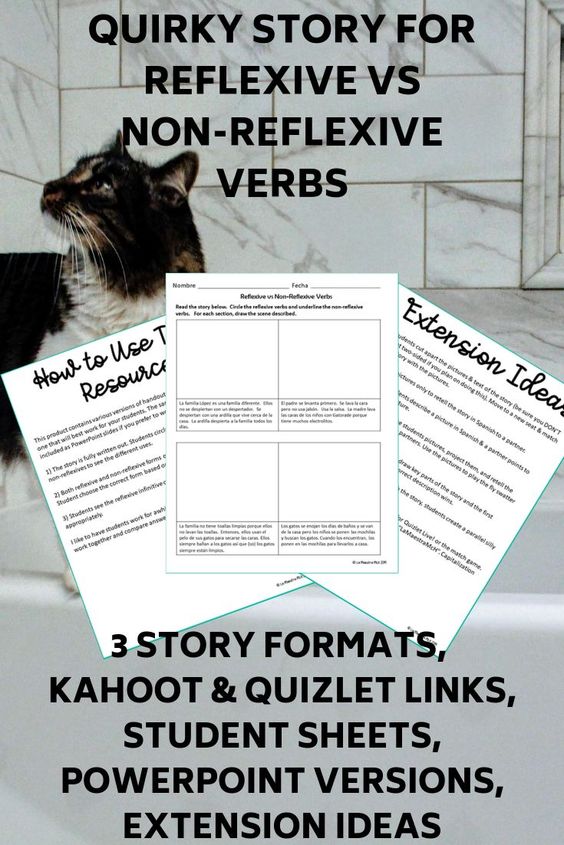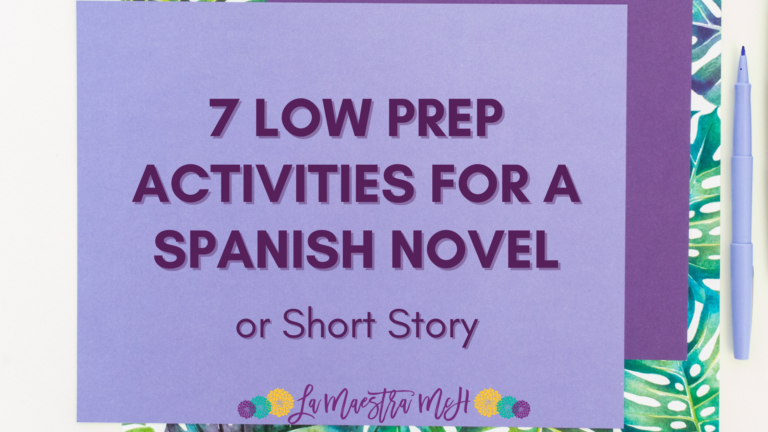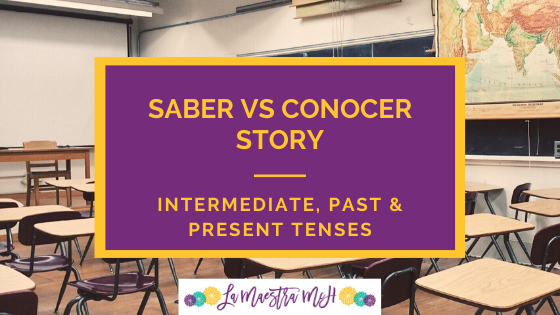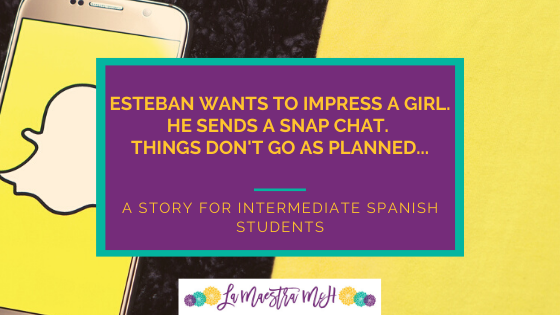How to Practice Reflexive vs Non-Reflexive Verbs Without Boring Your Students!
I know you’ve been there: You’re trying to get students’ heads wrapped around when verbs are reflexive and when they aren’t and their eyes are glazed over, they are confused, and have given up. Then one day I said, screw it. I’m writing the weirdest story I can think of. And everything changed…
The Squirrel That Changed My Class
The Lopez family is awoken each day by a squirrel that lives near their house. The mother washes her children’s’ faces with Gatorade because, well, electrolytes! Yes the story contains routine verbs like “despertarse” and “secarse” but it also “irse” and “enojarse”. It’s easy enough to follow that it’s comprehensible for students and just odd enough that they stop and think, “Wait, is that really what that says?” Yes, yes it is! It is designed to strongly highlight the difference between the reflexive and non-reflexive use of verbs. I’ve broken the story down in to six manageable sized chunks so as not to overwhelm students with an huge page of text.
Keep reading for a walk through of how I use this story over the course of two 90-minute classes or click here to get your copy now!

How I Unleash the Squirrel, the Cats, and the Gatorade
I pair students up and they read through the story highlighting reflexive uses of our vocab verbs in one color and non-reflexive uses of our vocab verbs in a different color (I also have a choose the correct verb version and a fill-in-the-blank version). They then draw pictures of the story. This is my favorite part because it ensures that students are really reading and understanding the text and the pictures are hilarious.
They compare with another group and share pictures. Next they cut apart the pictures and move to a new group. They put the pictures in order and work to describe/retell the story without the original text. I take pictures of student drawings, project them and we retell the story as a class.
Extension Activities (Because, yes, they are still in to the story!)
Once students have a good grasp of the story, I like to have them write their own silly reflexive vs non-reflexive story modeled after this one. They often write some very creative, funny things and are on their way to really grasping the difference between reflexive and non-reflexive use of our verbs.
Want to Get Students ENGAGED Instead of Bored?
Click here to see all 3 versions of the story, extension ideas, and the whole-class Powerpoint version. Your students will thank you (ok maybe not, but I guarantee they’ll enjoy it).










One Comment